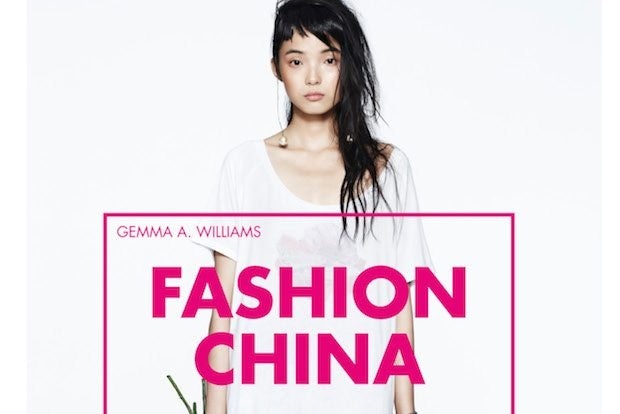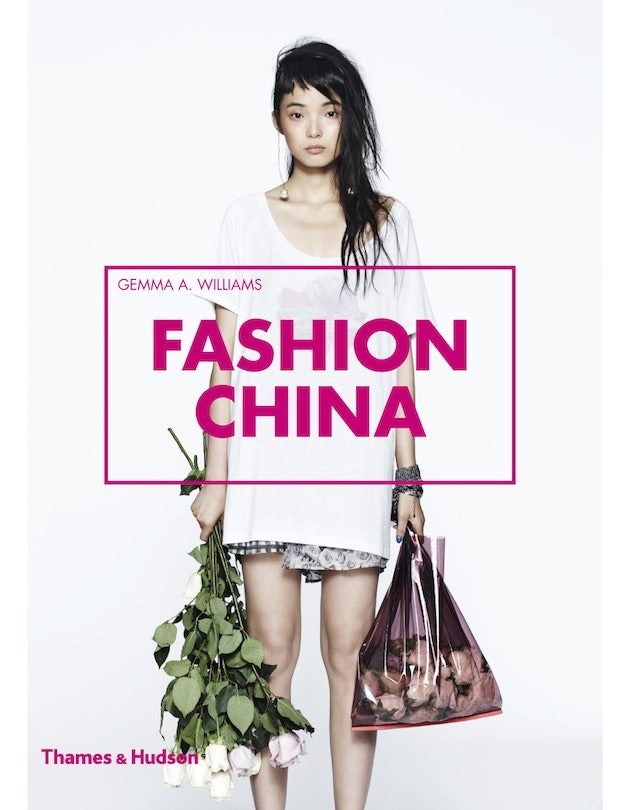
From Rihanna’s recent show-stopping Met Gala gown by Guo Pei to Barneys’ special capsule collection by Huishan Zhang, Chinese fashion designers have seen a surge in global attention in recent weeks. This flurry of media activity comes at a time when Chinese designers are increasingly making their mark on the global fashion world with prestigious award wins, presentations at the world’s top fashion weeks, and collections stocked in prominent department stores and boutiques from Hong Kong to Paris and New York to London.
For fashion expert and author Gemma Williams, these accomplishments made it a no-brainer that it was time for a curated book dedicated solely to highlighting the most exciting work to come out of the Chinese design scene. With visually stunning pages featuring the most notable looks of 41 carefully selected Chinese designers, Fashion China features established veterans, rising stars, and talented newcomers in China’s booming fashion industry. The selection process was a rigorous one, made with the collaboration of some of the biggest names in Chinese fashion, including photographer Chen Man and supermodel Liu Wen.
To learn more about the process that went into making the book as well as what's next for Chinese fashion, we caught up with Williams for an exclusive interview. Below, she shares her thoughts on the designer selection process for the volume, the dearth of Chinese designers at the recent Met Gala, and what needs to happen for Chinese design to gain a bigger place in the global spotlight.

Fashion China author Gemma Williams. (Courtesy Photo)
How did you select the designers featured in your book?#
My personal remit with the book was to introduce Chinese fashion to the wider world and promote the very best designers and brands working in the industry today, in a highly digestible form. The challenge with China is that there is simply so much to choose from and it was quite overwhelming. Through extensive research both from London and in China, I began to piece together the overall picture of who is shaping the system of fashion on the mainland, and the interesting Chinese designers based worldwide. I quickly realized through my research that to try to formalize or apply rigid criteria to the selection would also have resulted in what was ultimately an inaccurate reflection of what fashion in China is.
As my research intensified, I also managed to identify and eventually bring today a handful of insiders from the Chinese fashion industry who helped to guide the final selection. Based on my rigorous study of this dynamic field of fashion I feel that I have ultimately identified the very best of each respective sector of the industry, from couture to independent designer. So while the book encapsulates many different styles and levels of designers, this is actually incredibly reflective of the Chinese industry as it currently stands. It is not only about the avant garde, it is also about those interesting brands operating in the mainstream who repeatedly internalize their style in an effort to foster a Chinese aesthetic.
While the book is ultimately one person’s interpretation of a highly complex and layered country’s current fashion and design output, all those represented are vital to the industry whether conceptually and intellectually, or in terms of production-wise or appeal.
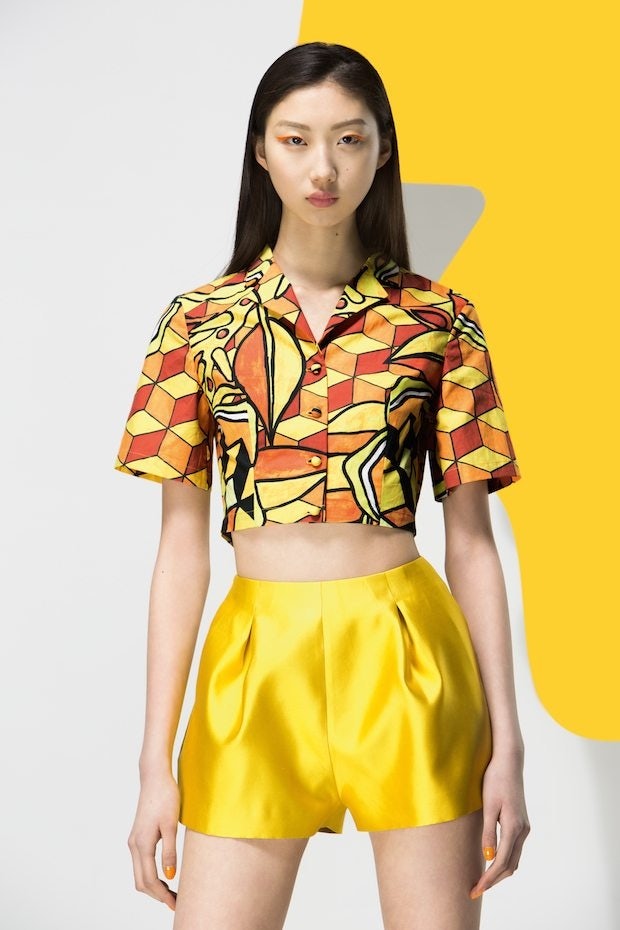
Chictopia, SS14. (p. 36, courtesy of designer)
You released your book to coincide with Shanghai Fashion Week. What were some of the highlights this season?#
My personal highlight was the Fake Natoo catwalk show. For me it was the most coherent show and with each season the designer, Nana Zhang is maturing into a very strong, stable and reliable hand, promoting quality design, narrative and fabrications.
I also liked the change of pace and style with Decoster, it was really exciting to see.
Would you say China’s fashion weeks are getting more global attention or are they still very localized?#
The fashion weeks are slowly getting more global attention, and it was great to see the likes of Women’s Wear Daily, a truly massive title, covering Shanghai Fashion Week. It is still miniscule in comparison to Paris and London etc., however, I don’t see this as a problem. China, and by that I mean the designers and the fashion weeks, needs to focus on who it is speaking to and then speak to its market. The schedules need to be coherent and consistent. It is not simply a case of Western journalists coming over to cover the shows when the product isn’t being sold internationally, it needs to be more holistic than that in order for there to be a meaningful impact for the fashion weeks. And the question is do they need it?
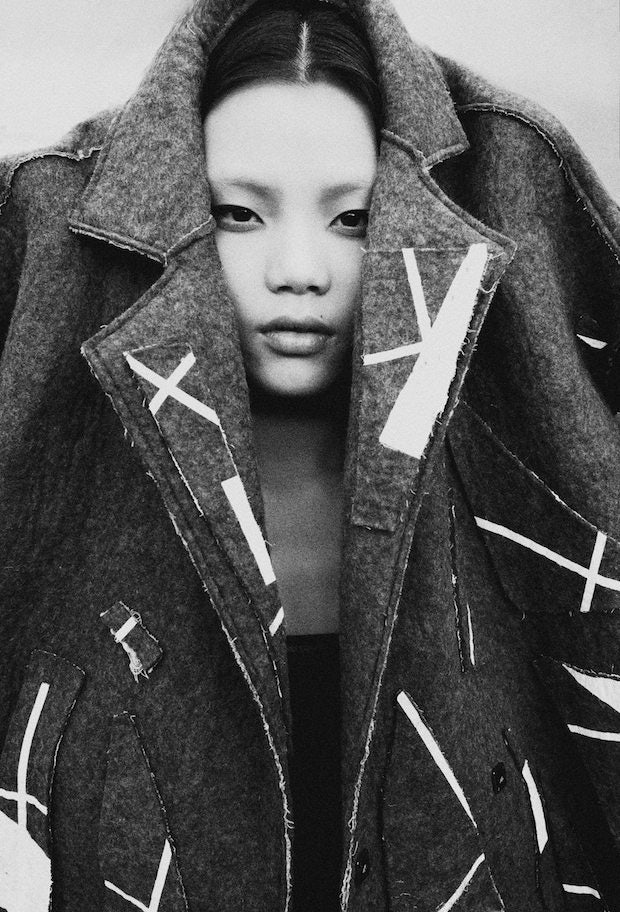
Fake Natoo, AW2014. (p. 81, courtesy of designer)
In your book, you say that even inside China, many still don’t know much about the designers mentioned. What can they do to increase their exposure?#
I think it is slowly changing in that more media are supporting their own designers and featuring them in editorials, however, again it needs an holistic approach. China is so vast and many of the cities are maturing at varying levels, making the proliferation of fashion challenging. Taobao is still the main market place for fashion consumption, but herein lies the difficulty or contradiction—while the society is incredibly advanced and engaged digitally, the general public and consumer is still immature and only finding its voice in terms of the history and culture of contemporary fashion and its value.
Obviously, the cultural revolution has had a huge impact on why we are now seeing brave young graduates selecting fashion as a career path and this is very exciting. However, they need to bear in mind that fashion is a business, not a hobby. Also, it’s about keeping your head down and doing your own thing, not necessarily getting the most exposure—it’s about what you value as a designer. Is it about making real gains.
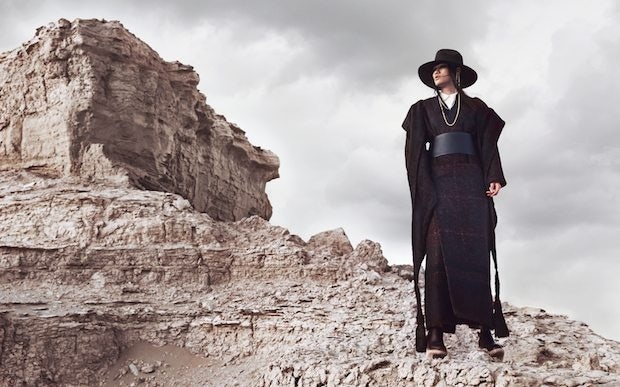
Vega Zaishi Wang, Unbroken LOULAN Collection, AW2013 campaign. (p. 215-216, Silang Ma)
We’ve already seen several Chinese designers stocked at major global department stores such as Barneys and Saks Fifth Avenue. Which ones do you think are the next big rising stars in a commercial sense?#
Comme Moi and Ms Min have great potential, as does Helen Lee. Babyghost are really ahead of the game on a commercial level too.
What are some of the main obstacles Chinese designers face at the moment in terms of gaining more global name recognition?#
To be honest, I think they are their own worst enemy. I had to encourage many of the designers to create websites and provide working contact details from the book’s directory. The need to seriously work on the core of the brands in terms of identifying their market, and if that includes the West, then it is vital they have an international press department, or someone who can liaise with clients or press outside of China. It’s also about keeping these connections when they are made too, which is very easily done but very often forgotten. Simple things like having well shot and styled lookbooks are a basic too, I found sourcing imagery for the book quite tricky. Some brands get it, others don’t. I think it’s about creating and fostering a general awareness of the business of fashion.
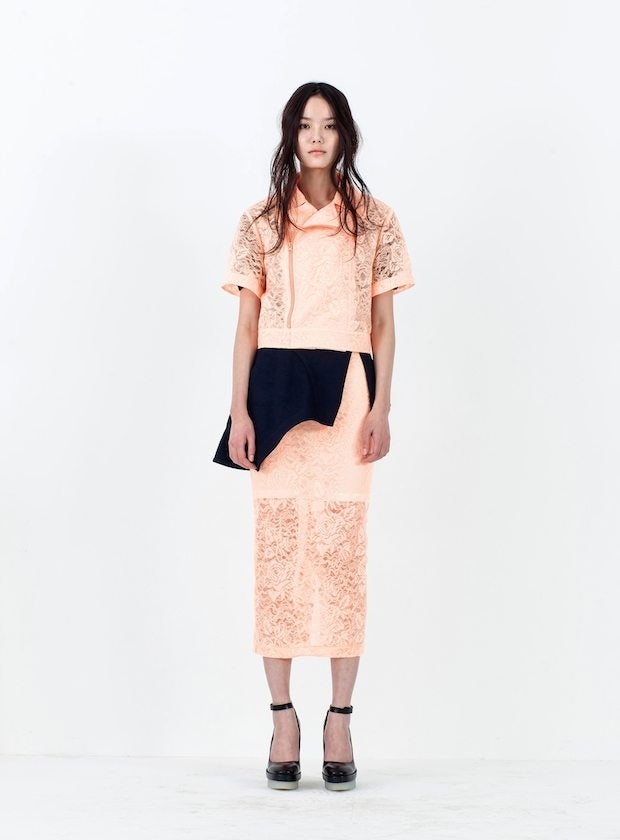
Masha Ma, Ma by Ma Studio, SS14. (p. 130, LIKA, courtesy of designer)
At the recent Met Gala, only two major celebrities showed up on the red carpet in a Chinese designer: Rihanna and Fan Bingbing. Why do you think this was and will we see a greater Chinese design presence at events like this in the future?#
Sadly, I think the Met Gala was an example of the politics of fashion taking over. As all eyes were on this event, I was shocked and saddened that more guests didn’t think about the implications of their dress choice, and the importance of the exhibition they were attending. I think it was purely about the shock factor with little real thought about how an endorsement could have helped an emerging designer’s career. Why was “(Wear) Chinese” not the dress code? That could have made it very exciting. Literally all they had to do was pick up my book and delve into one of the most exciting and unknown fashion bubbles but this event is about sponsorship and the media.
Guests also wore Huishan Zhang and Yiqing Yin, but I think across the board people are playing it safe. And while not many people outside of China know Guo Pei, she is one of China’s most famous designers so for Rihanna to wear her was hardly a risk; more a very clearly excellently orchestrated press move. I do applaud her for supporting Chinese design, whatever her motives, but whom was everyone talking about the next day, Rihanna or Guo Pei?
See more looks below. All photos appear in Fashion China, which was published by Thames & Hudson on March 9, 2015, and can be purchased for £18.95.
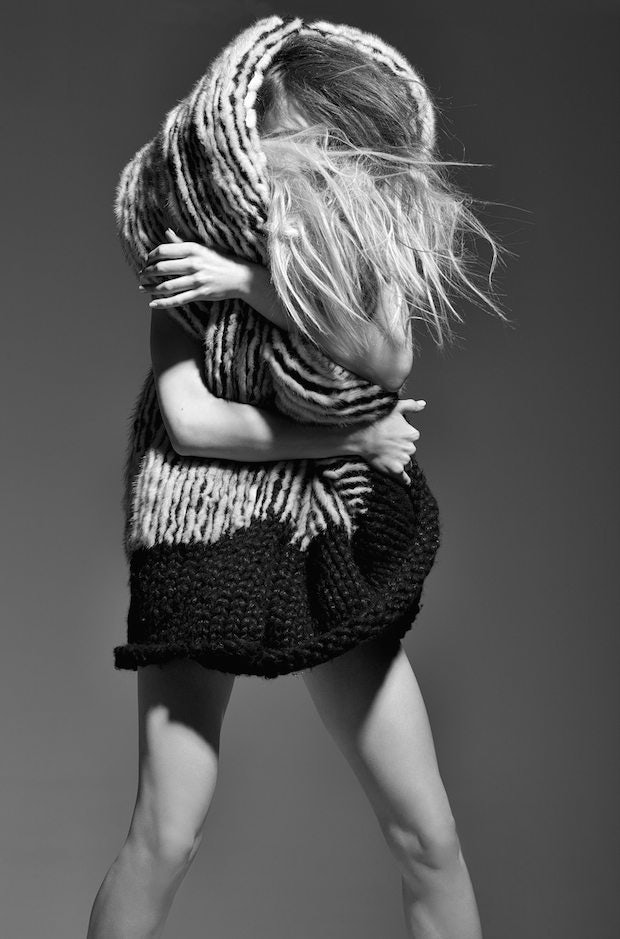
Uma Wang, AW2012. (p. 206, Todd A. Tyler, courtesy of designer)
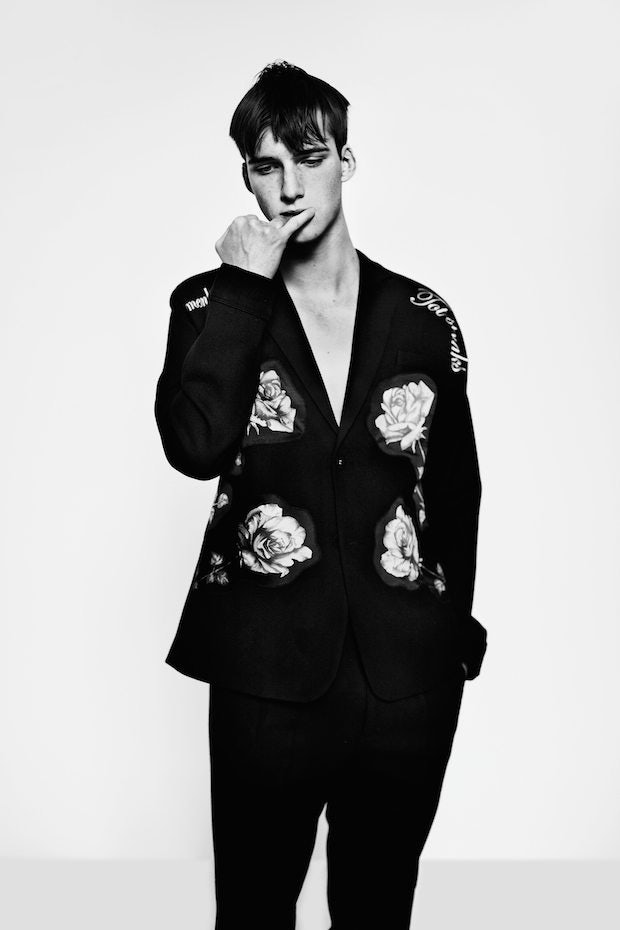
Xander Zhou, SS2012. (p. 220, Trunk Xu)
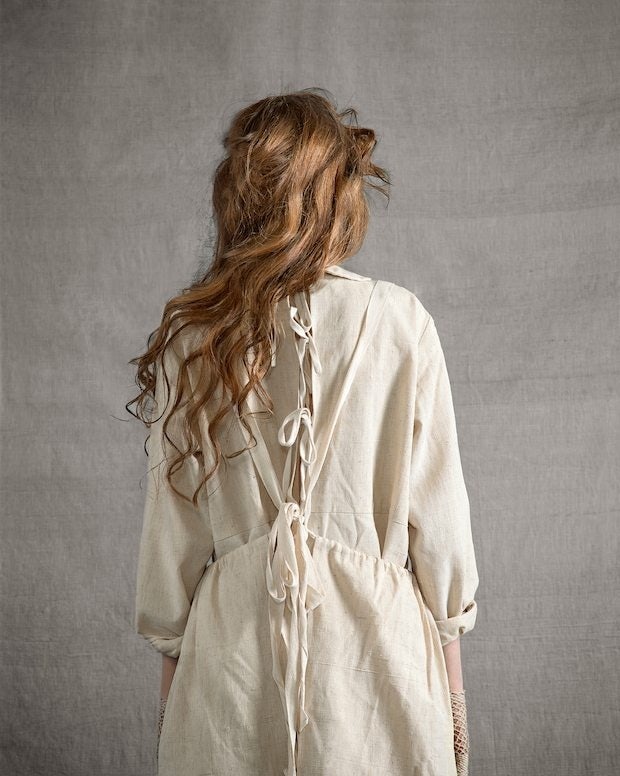
Renli Su, AW2014. (p. 166, Mariona Vilaros)
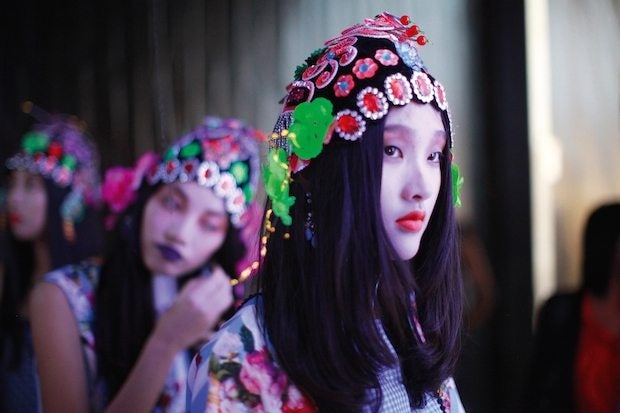
Poesia by Chris Chang, backstage SS14.(p. 151, Fender Hsu)
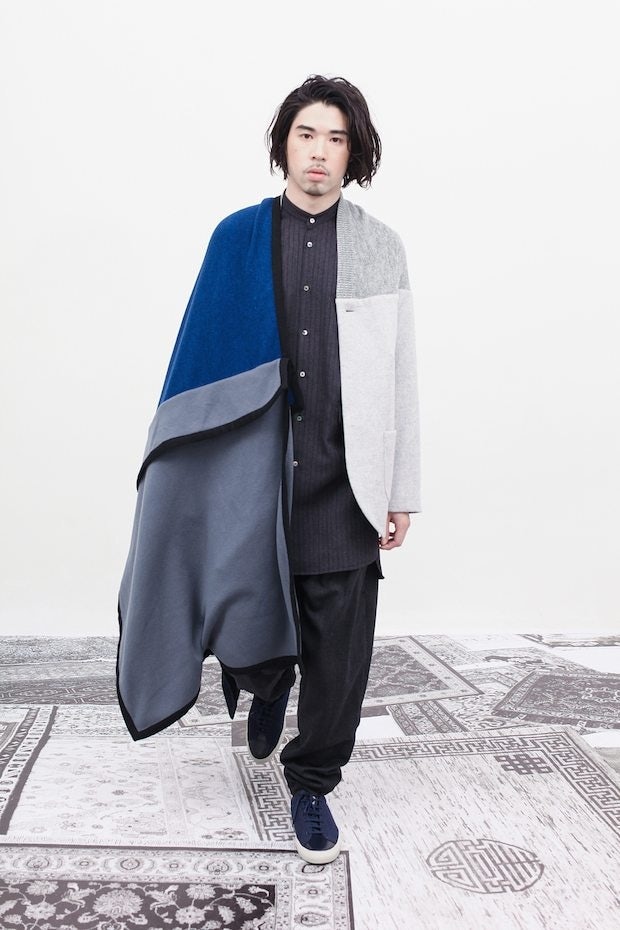
ffiXXed, AW14. (p. 86, Studio TM)
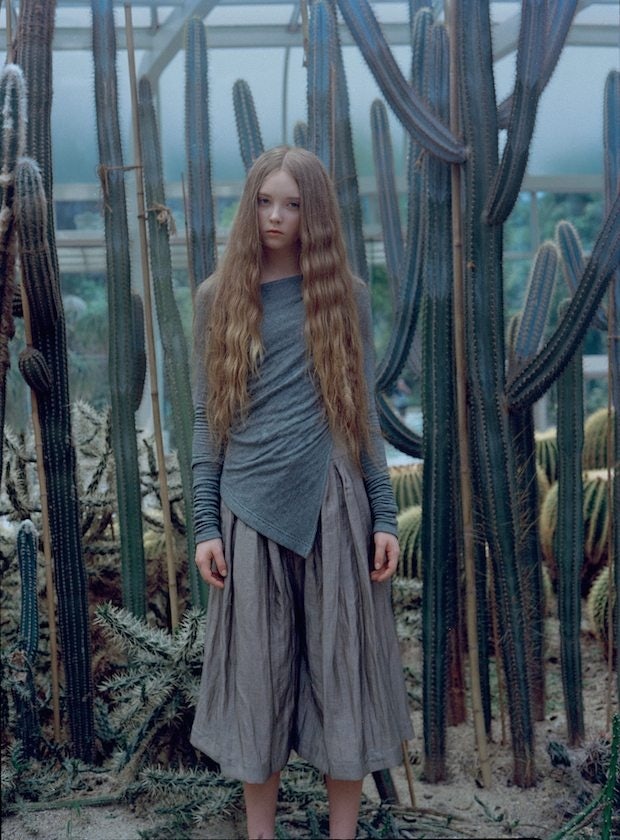
Deep Moss, AW13. (p. 53, Zephyrance Lou)
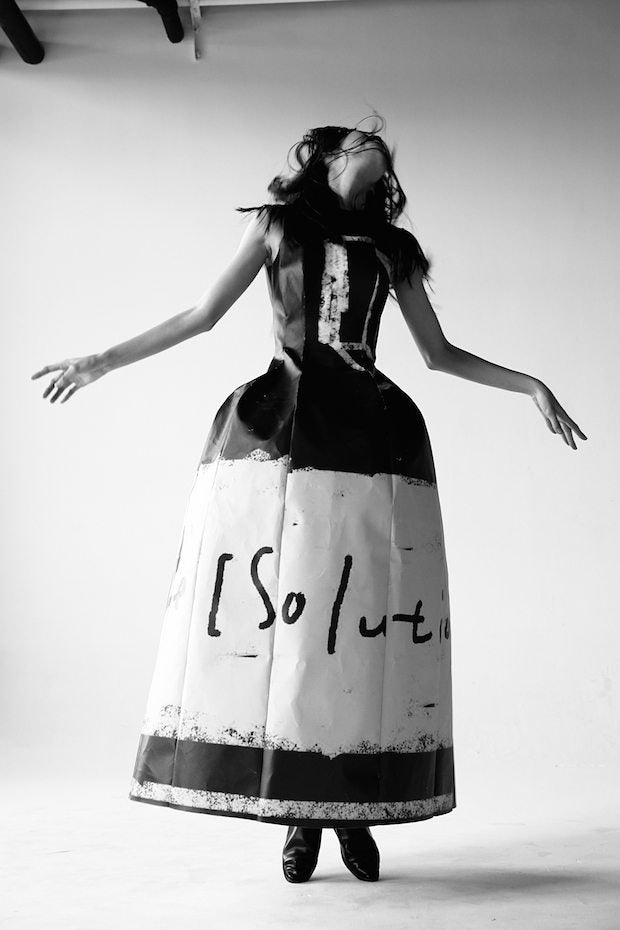
Digest Design 2 (p. 59, courtesy of the designer)
